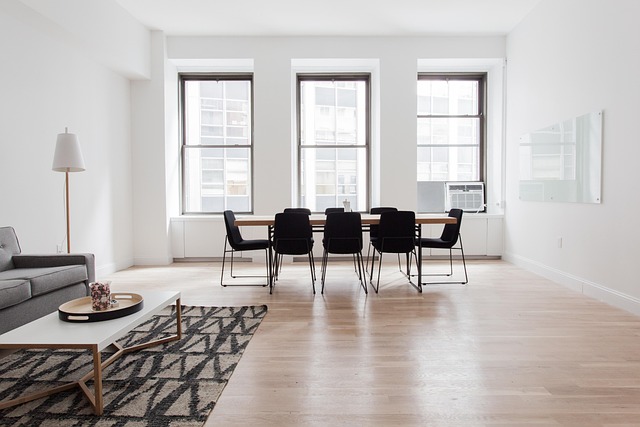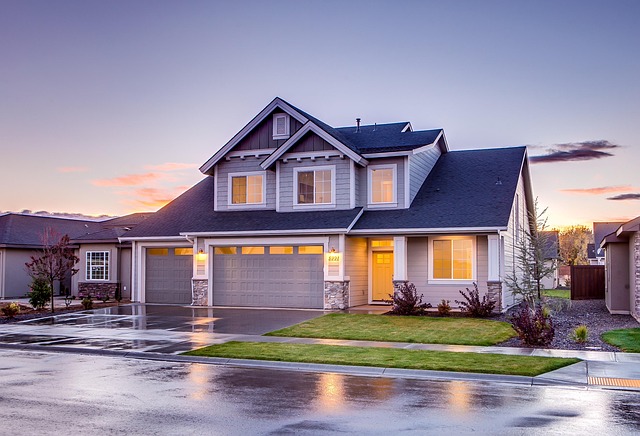Integrating emergency response into senior safety systems is vital to ensure the well-being and independence of older adults. Senior-friendly security systems offer simplicity and accessibility through wireless solutions like medical alert buttons, video doorbells, and motion-activated lights. These features enhance visibility, deter intruders, and provide peace of mind for seniors. By integrating these measures with emergency response protocols, we create a comprehensive safety net that ensures prompt dispatch of help and potentially saves lives. Key benefits include quick assistance in emergencies, improved independence, and enhanced nighttime safety for the elderly.
In today’s digital era, ensuring the safety and well-being of seniors at home is more crucial than ever. Integrating emergency response with senior safety systems offers a comprehensive solution, providing peace of mind for both residents and caregivers. This article explores key components of senior-friendly security systems, highlighting the benefits of wireless technology for elderly populations. We delve into how medical alerts can be seamlessly integrated with home security for seniors, enhancing protection through video doorbells and motion-activated lights.
- Understanding Senior Safety and Emergency Response Integration
- Key Components of Senior-Friendly Security Systems
- Benefits of Wireless Security for Elderly Populations
- Integrating Medical Alerts with Home Security for Seniors
Understanding Senior Safety and Emergency Response Integration

Integrating emergency response into senior safety systems is a critical aspect of ensuring the well-being and independence of older adults. As our population ages, it’s essential to consider tailored solutions that address unique challenges, such as cognitive decline, mobility issues, and potential isolation. Home security for seniors plays a vital role in promoting their safety and peace of mind. Senior-friendly security systems are designed with simplicity and accessibility in mind, offering easy-to-use interfaces and features like wireless security solutions, medical alert buttons, and video doorbells that allow them to monitor visitors remotely.
These advanced technologies can also include motion-activated lights, which not only enhance visibility but also deter potential intruders. By seamlessly integrating these senior-centric security measures with emergency response protocols, we create a comprehensive safety net. This ensures that help can be dispatched promptly in case of an incident, allowing for faster medical assistance and potentially saving lives.
Key Components of Senior-Friendly Security Systems

Senior-friendly security systems are designed to offer peace of mind, ensuring the safety and well-being of older adults while accommodating their unique needs and preferences. Key components include easy-to-use home security solutions that promote independence. Wireless security for elderly individuals is a priority, with medical alert systems seamlessly integrated into the mix. These systems enable seniors to reach assistance promptly in case of an emergency, providing them with a sense of security.
Video doorbells for seniors are another essential feature, allowing them to see and communicate with visitors from the comfort of their homes. Additionally, motion-activated lights for elderly users enhance visibility and accessibility around the house, making routine tasks safer and easier. The integration of these features creates an environment that supports senior safety without compromising their autonomy.
Benefits of Wireless Security for Elderly Populations

For elderly populations, integrating wireless security into their homes offers a multitude of benefits that enhance safety and independence. Senior-friendly security systems, designed with ease-of-use in mind, are crucial tools for ensuring their well-being. Easy-to-use home security features like medical alert systems with integrated security can promptly notify emergency services or caregivers when a senior falls or experiences an illness, ensuring quick response times.
Wireless security solutions also include innovations such as video doorbells for seniors and motion-activated lights for elderly users. These technologies not only deter potential intruders but also provide peace of mind by allowing seniors to see who is at their doorstep and illuminate their paths during nighttime activities. Overall, wireless security for elderly populations combines advanced technology with human-centric design to create safer living environments.
Integrating Medical Alerts with Home Security for Seniors

Integrating medical alerts with home security can significantly enhance senior safety. Senior-friendly security systems, featuring easy-to-use wireless components like video doorbells and motion-activated lights, play a pivotal role in ensuring their well-being. For instance, a video doorbell allows seniors to see visitors from the comfort of their own home, while motion-activated lighting enhances visibility during nighttime or low-light conditions.
These integrated systems can also include medical alert functionality, enabling seniors to quickly request assistance in case of an emergency. Wireless security for elderly is designed with simplicity and accessibility in mind, ensuring that any alerts are promptly conveyed to emergency services or caregivers. This holistic approach to home security for seniors not only provides peace of mind but also empowers them to live independently while maintaining a robust safety net.
Integrating emergency response and senior safety systems is no longer a nice-to-have but an essential component of modern care. By combining easy-to-use home security features like video doorbells, motion-activated lights, and wireless connectivity with medical alert systems, we can create environments that are both safe and supportive for our aging population. These senior-friendly security systems empower individuals to maintain independence while ensuring swift assistance when needed. Embracing these innovations is a step towards enhancing the quality of life for seniors and fostering a more inclusive and secure living environment.
